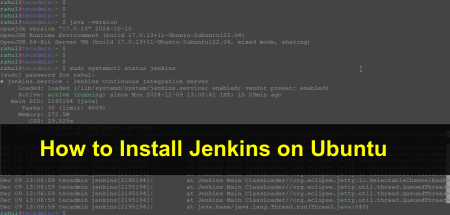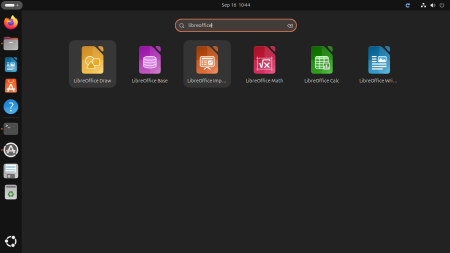In programming, modulus or remainder is the operation that returns the remainder of a division. In Bash, the modulus operator is represented by the % symbol. The modulus operator is commonly used in programming to check if a number is divisible by another number or to perform operations that require a cyclic pattern. In this article, we will explore how to use the modulus operator in Bash.
Syntax:
The syntax of the modulus operator in Bash is as follows:
1 | expr num1 % num2 |
Where num1 and num2 are the two numbers being operated on. The % symbol represents the modulus operator.
Example 1: Checking if a number is even or odd
The modulus operator can be used to determine whether a number is even or odd. An even number is one that is divisible by 2, while an odd number is not. The following code checks if a number is even or odd:
1 2 3 4 5 6 7 8 9 | num=10 if [ $(expr $num % 2) -eq 0 ] then echo "$num is even" else echo "$num is odd" fi #Output: 10 is even |
Example 2: Generating a cyclic pattern
The modulus operator can also be used to generate a cyclic pattern. For example, if you want to print numbers from 1 to 10 repeatedly in a cyclic pattern, you can use the following code:
1 2 3 4 5 | for i in {1..20}; do echo $((i % 10 + 1)) done #Output: 1 2 3 4 5 6 7 8 9 10 1 2 3 4 5 6 7 8 9 10 |
Example 3: Checking for leap year
The modulus operator can be used to check if a year is a leap year. A leap year is a year that is divisible by 4, except for years that are divisible by 100 but not by 400. The following code checks if a year is a leap year:
1 2 3 4 5 6 7 8 9 | year=2024 if [ $(expr $year % 4) -eq 0 -a $(expr $year % 100) -ne 0 -o $(expr $year % 400) -eq 0 ] then echo "$year is a leap year" else echo "$year is not a leap year" fi #Output: 2024 is a leap year |
Example 4: Calculating remainder
The modulus operator can be used to calculate the remainder of a division. The following code calculates the remainder of dividing 10 by 3:
1 2 3 | echo $(expr 10 % 3) #Output: 1 |
Example 5: Checking for divisibility
The modulus operator can be used to check if a number is divisible by another number. The following code checks if 10 is divisible by 5:
1 2 3 4 5 6 7 8 | if [ $(expr 10 % 5) -eq 0 ] then echo "10 is divisible by 5" else echo "10 is not divisible by 5" fi #Output: 10 is divisible by 5 |
Conclusion
In this article, we have explored how to use the modulus operator in Bash. We have seen how the modulus operator can be used to determine whether a number is even or odd, generate a cyclic pattern, check for leap year, calculate remainder, and check for divisibility. The modulus operator is a powerful tool in programming that can be used in many different ways. Understanding how to use the modulus operator in Bash is essential for writing efficient and effective Bash scripts.



